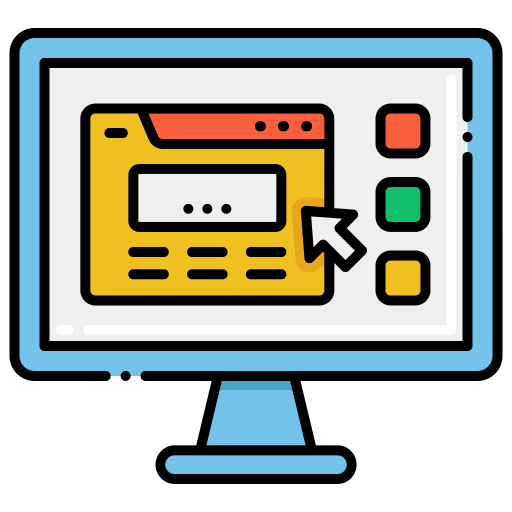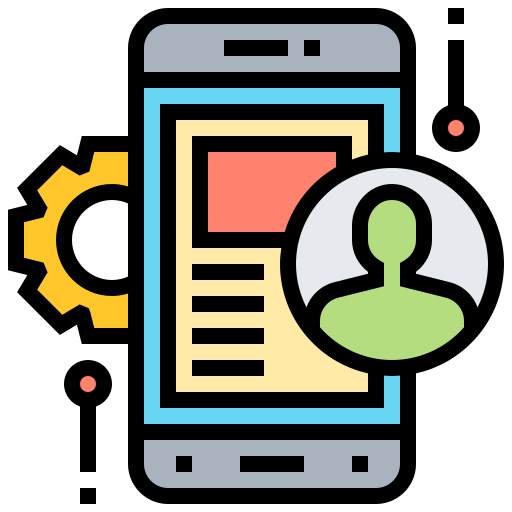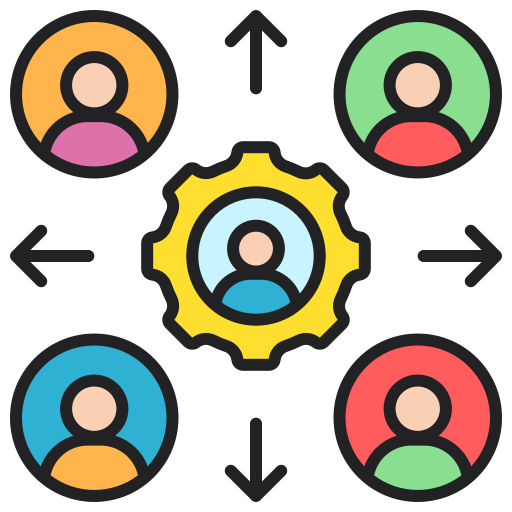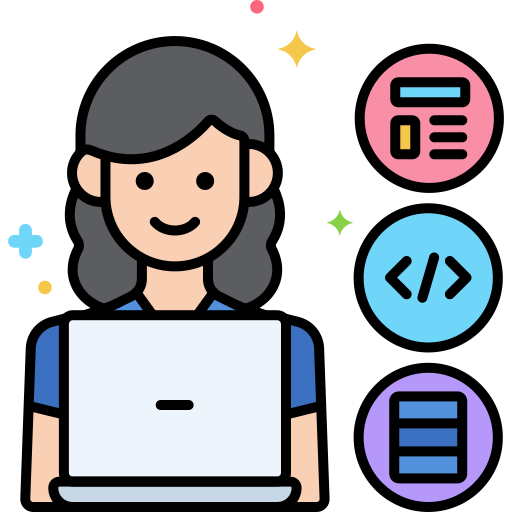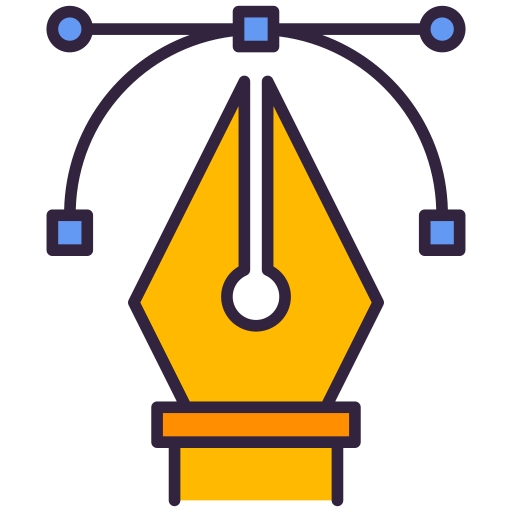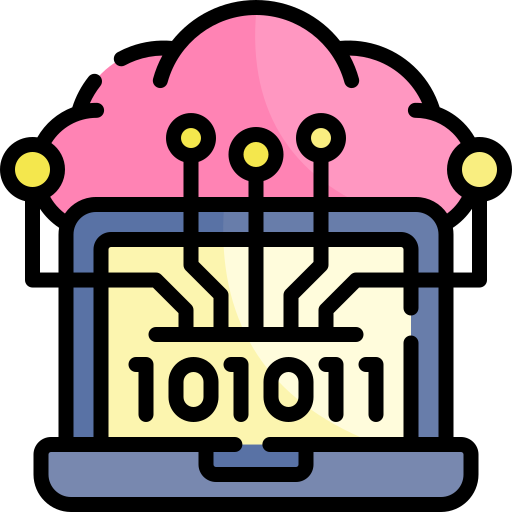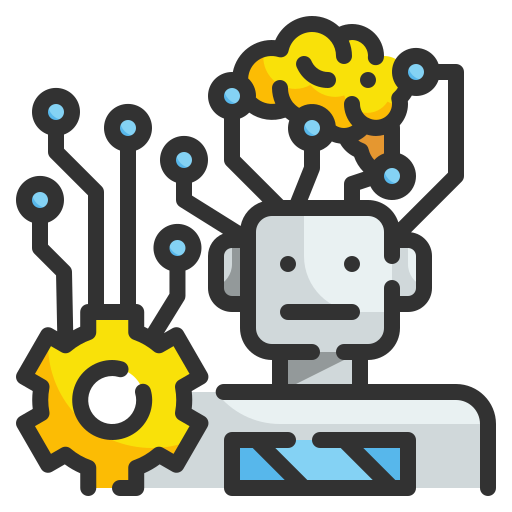In today’s Data Science fast-paced digital era, data is being generated at an exponential rate. From customer transactions and social media activity to sensor data and online browsing behavior, the amount of information available is staggering. But, how do we make sense of all this data? This is where Data Science comes into play. It is the discipline that harnesses the power of data to uncover patterns, make predictions, and drive decision-making.
What is Data Science?
At its core, Data Science is the field that combines computer science, statistics, and domain expertise to extract actionable insights from large sets of data. It involves multiple techniques from machine learning, predictive modeling, data mining, and statistical analysis, applied to structured and unstructured data to solve complex problems.
Unlike traditional data analysis, which focuses solely on interpreting data, encompasses the entire lifecycle of data, from collection and cleaning to analysis and interpretation. It empowers organizations to uncover trends, optimize processes, and make informed decisions that can significantly improve business outcomes.
Key Components of Data Science
Data Science is an umbrella term that covers a variety of fields, including:
- Data Collection and Cleaning: Raw data is often messy, incomplete, or inaccurate. The first step in any data science project is cleaning and preparing the data. This process involves removing duplicates, dealing with missing values, and converting data into a format suitable for analysis.
- Exploratory Data Analysis (EDA): This is the initial phase where data scientists perform a thorough analysis of the dataset to identify patterns, trends, and anomalies. Visualization tools like histograms, scatter plots, and box plots are often used to explore relationships between different variables.
- Statistical Analysis: Statistical methods help data scientists understand the relationships within data, identify distributions, and draw conclusions. This step often includes hypothesis testing, regression analysis, and correlation studies.
- Machine Learning and Predictive Modeling: Data Science heavily relies on machine learning (ML) algorithms that allow computers to learn from data and make predictions. Models like linear regression, decision trees, and neural networks are used to predict outcomes based on historical data.
- Data Visualization: Effective communication of insights is crucial. Data scientists use visualization techniques to present complex data in an easy-to-understand format, such as charts, graphs, and dashboards. Tools like Tableau, Power BI, and Python libraries (e.g., Matplotlib) are commonly used.
Tools and Technologies Used in Data Science
Data science is not limited to a particular set of tools, but it does rely on some common technologies:
- Programming Languages: Python and R are the most popular programming languages in data science. Python’s simplicity and wide range of libraries, such as Pandas, NumPy, and Scikit-learn, make it a top choice for data scientists.
- Databases: SQL and NoSQL databases, such as MySQL, PostgreSQL, MongoDB, and Hadoop, are essential for storing and retrieving data.
- Cloud Platforms: Cloud computing platforms like AWS, Google Cloud, and Microsoft Azure provide the infrastructure and scalability needed for large data sets.
- Big Data Technologies: Tools like Apache Hadoop and Spark are used to process and analyze large-scale data sets that cannot be handled by traditional data-processing methods.
Applications of Data Science
Data Science has a wide range of applications across industries. Here are a few examples:
- Healthcare: In the medical field, data science is used to analyze patient data, predict disease outbreaks, and assist in personalized medicine. Machine learning algorithms help doctors diagnose diseases faster and more accurately.
- Finance: In the financial industry, is applied to detect fraudulent activities, predict stock prices, and optimize trading strategies. Algorithms analyze historical data to assess risks and make investment decisions.
- Retail and E-Commerce: Retailers use to personalize customer experiences, optimize inventory, and improve sales forecasting. Predictive analytics helps businesses anticipate customer needs and improve marketing strategies.
- Transportation: powers autonomous vehicles, traffic management systems, and route optimization. It is used to predict traffic patterns, improve delivery efficiency, and enhance passenger experiences.
The Future of Data Science
As the volume of data continues to grow, so does the importance of data science. In the coming years, we can expect more innovations and advancements in fields like artificial intelligence (AI), deep learning, and neural networks. Automation of data cleaning, data analysis, and model creation will become more common, allowing data scientists to focus on more strategic tasks.
Moreover, industries like manufacturing, education, and agriculture are starting to realize the potential of data science to drive efficiencies and improve operational effectiveness.
How to Start a Career in Data Science
For those looking to break into data science, here are some steps to get started:
- Educational Background: Most data scientists have a background in computer science, mathematics, or engineering. However, a degree in any field with a strong focus on analytical thinking and problem-solving can be useful.
- Learning Key Skills: Start by mastering the tools of the trade—Python, R, SQL, and machine learning frameworks. You can learn these skills through online courses, boot camps, or university programs.
- Work on Projects: Hands-on experience is essential. Build projects using real-world data and apply different analytical techniques to solve problems.
- Stay Updated: Data science is a rapidly evolving field. Follow blogs, attend conferences, and participate in online communities to stay up-to-date with the latest trends and technologies.
Conclusion
Data Science is a transformative field that is driving innovation across industries. It allows businesses to make data-driven decisions, optimize operations, and enhance customer experiences. Whether you are looking to become a data scientist or simply want to understand the impact of data science on the world around you, it’s clear that this discipline will continue to shape the future in profound ways.

